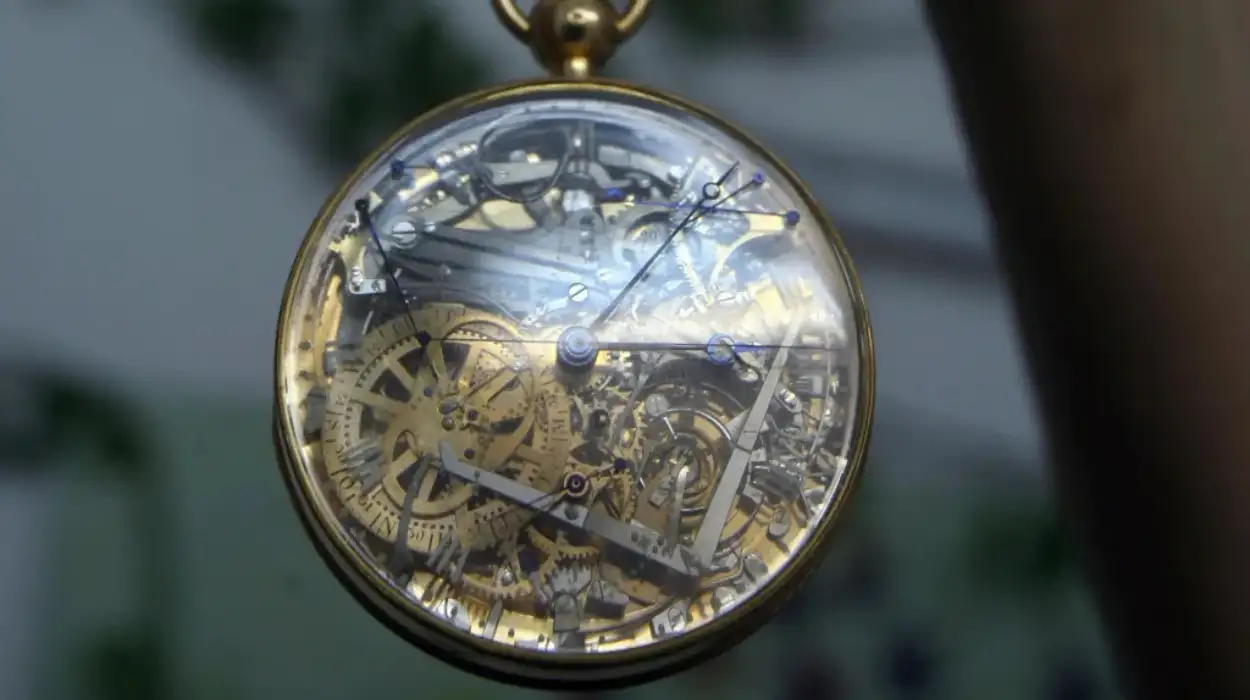London (Parliament Politics Magazine) – The iconic watch made for Marie Antoinette, completed after her death in 1827, featuring 823 intricate parts, will be displayed in Britain for the first time at London’s Science Museum. Stolen in 1983, it was recovered after two decades.
Marie Antoinette’s renowned watch, regarded as “the world’s most famed watch” will be shown in the UK for the first time.
The No. 160 Marie Antoinette timepiece by Abraham-Louis Breguet is a masterpiece designed without a budget, incorporating rubies, sapphires, platinum, and gold across 823 parts.
The iconic watch, created for the French queen, was completed after her death, and she did not live to witness its completion.
Now the wonderful timepiece will be displayed as part of the Versailles: Science and Splendour exhibition at the South Kensington Museum, opening on December 12.
Marie Antoinette remembered as the final Queen of France before the French Revolution, is a key historical figure known for her lavish lifestyle and tragic fate.
She was born in Austria in 1755 and became the child partner of France’s future King Louis XVI.
The director and chief executive of the Science Museum Group, Sir Ian Blatchford said, “This glorious watch will thrill visitors to Versailles: Science And Splendour, and is one of the most remarkable items we have ever secured.
“Even in the smallest details, the watch perfectly encapsulates meticulous engineering and a dedication to knowledge and beauty, ideals which are echoed throughout our exhibition and at Versailles itself”.
Key Features of the Watch
The iconic watch, crafted by Abraham-Louis Breguet, was designed using precious materials such as rubies, sapphires, platinum, and gold.
With 823 intricate components, featuring mechanisms such as hourly, quarterly, and minute chiming, a leap year adjusted perpetual calendar, a thermometer and an independent second-hand functioning as a stopwatch.
Its transparent dial offers a captivating view of the watch’s intricate mechanics merging elegance with innovation.
Historical context of watch
In 1783, Abrhama Louis received an unlimited budget to design a timepiece for Queen Antoinette. Yet it was not finished until 1827, delayed by the French Revolution and Breguet’s meticulous standards, which meant neither the queen nor the watchmaker saw the final creation.
Originally held by the Breguet company, the watch was sold to Sir Spencer Brunton in 1887, passed to Sir David Lionel Salmons in the 1920s and later showcased at Jerusalem’s LA Mauer Museum for Islamic Art.
Missing for over two decades after 1983 stolen, the watch was safely returned to the LA Mayer Museum for Islamic Art in 2008. Its trip to London is its first international journey since its recovery.
David Rooney, author of About Time: A History Of Civilisation in Twelve Clocks, said, “The world’s most famed watch, from history’s most celebrated maker, is a true masterpiece. It came from an age of outstanding invention”.
He added, “In its myriad complications it represents, in exquisite miniature, the cycles of our very existence. Now, Breguet’s horological tour-de-force will delight all who visit this wonderful exhibition”.
Exhibition at London’s Science Museum
The visitors to the exhibition will reveal 120 years of scientific progress at Versailles, exploring how Louis XIV, Louis XV, and Louis XVI championed technological advancements to enhance France’s prestige and influence.
A new book Versailles: Science and Splendour edited by curator Anna Ferrari explores the fascinating stories of science at the French royal court.
The exhibition will be running until Monday, April 21 next year, with tickets priced at £12, and free entry for children 11 and under.


